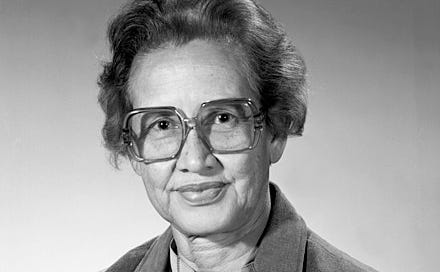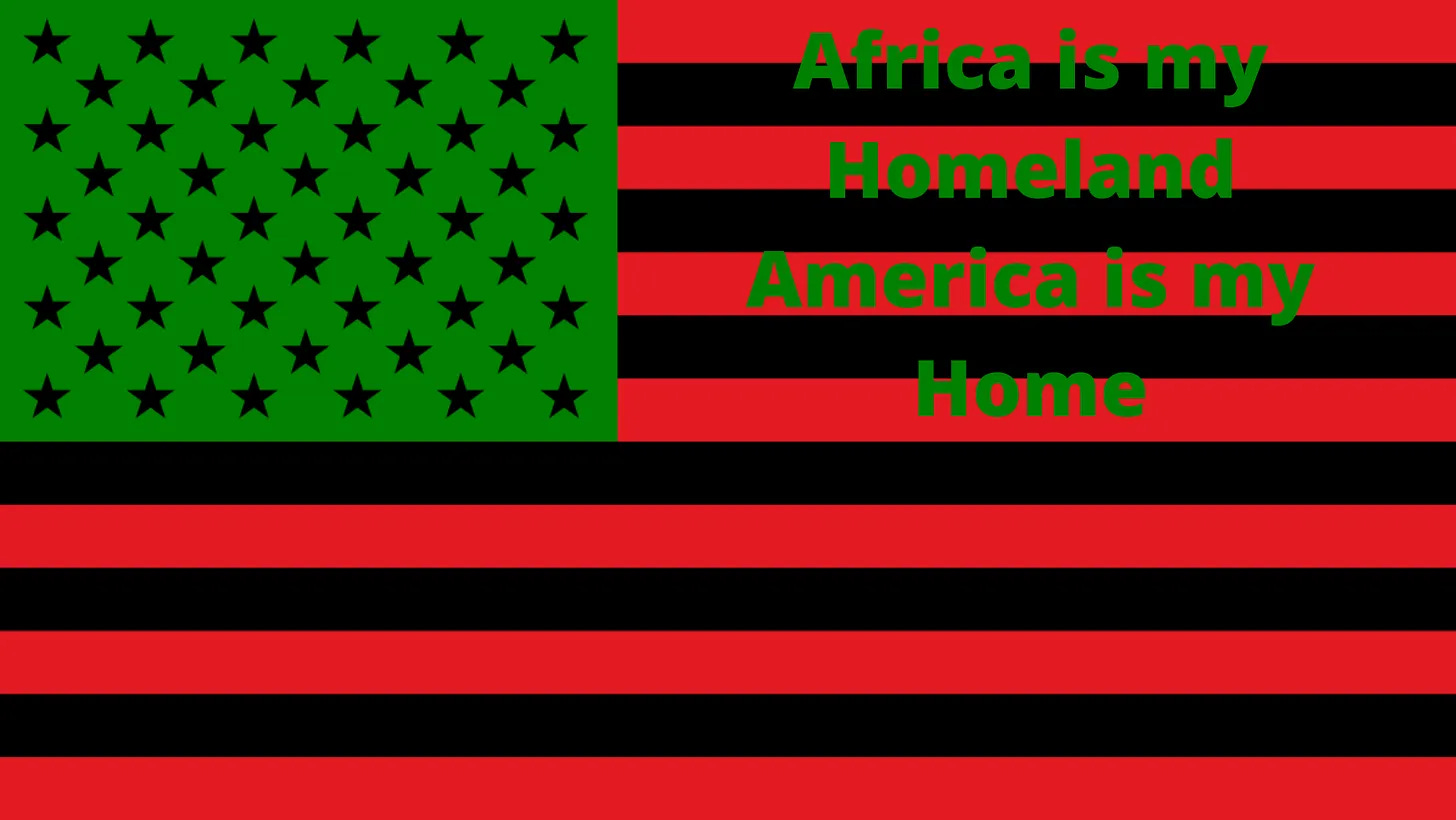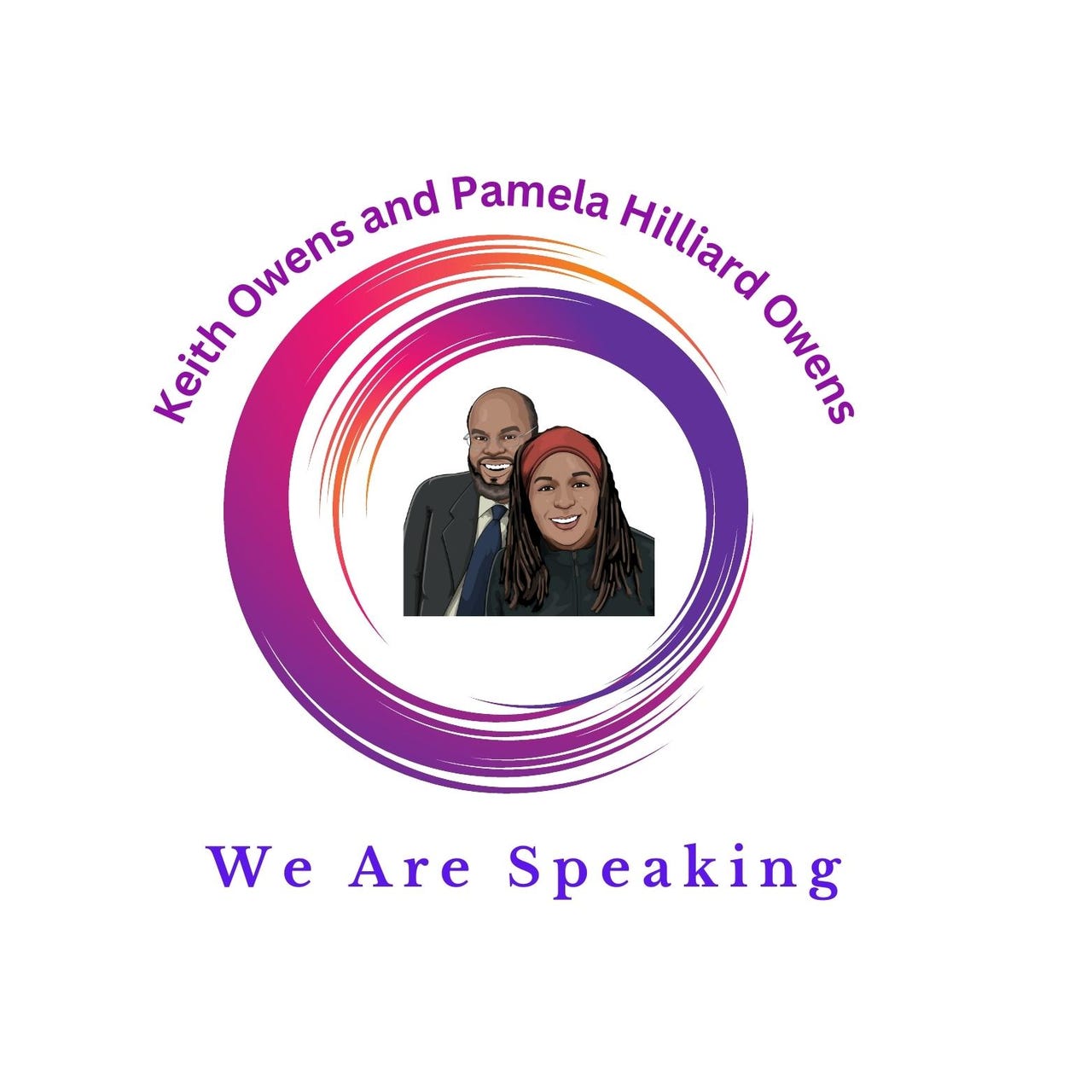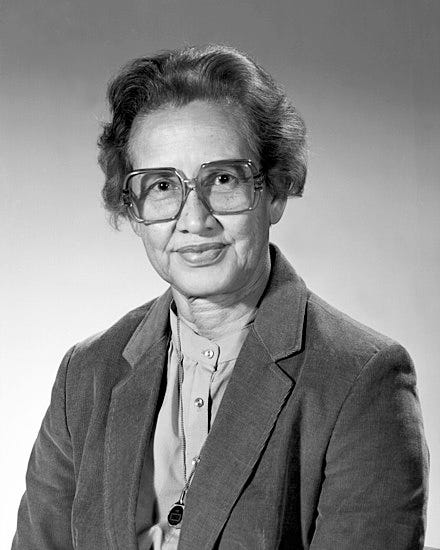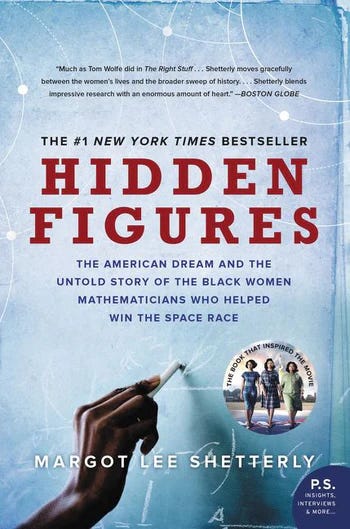Today In Black History: Katherine Johnson
The "Hidden Figure" NASA mathematician who successfully mapped the Mercury and Apollo missions
Issue #679 Today In Black History, Wednesday, July 24, 2024
Did you know that you can listen to each “We Are Speaking” post on the Substack App? Download the app!
Help us to reach our July 2024 goals: +100 total new subscribers, including +15 paid subscribers:
Please share and subscribe to help us grow our publication.
Who are your “Fav Five” who would enjoy “We Are Speaking?” Send them the link!
If you like us, REALLY like us, please click the “Like” button at the end of this post!
We appreciate your support!
Today’s Black History WOW!
Born on August 26, 1918, in White Sulphur Springs, West Virginia, Creola Katherine Coleman Goble Johnson showed an extraordinary aptitude for mathematics from a young age. Her parents, recognizing her talent, moved the family to Institute, West Virginia, to enable Katherine and her siblings to receive a quality education.
At just 14 years old, Katherine entered West Virginia State College, where she excelled in mathematics and French. She graduated summa cum laude in 1937 with degrees in Mathematics and French and later became one of the first African-American women to attend graduate school at West Virginia University. She was a member of Alpha Kappa Alpha Sorority, a BGLO (Black Greek Letter Organization).
In 1953, Johnson began working at the National Advisory Committee for Aeronautics (NACA), which would later become NASA. Initially assigned to the all-Black West Area Computing section, she worked as a "computer"—women who performed complex calculations by hand. Her exceptional skills soon earned her a position on the Flight Research Division, where she analyzed data and conducted trajectory analysis for spacecraft.
One of Johnson's most notable accomplishments was her work on Project Mercury, America's first manned space mission. In 1962, as John Glenn prepared for his orbital flight aboard Friendship 7, he specifically requested that Katherine verify the computer calculations for his trajectory—famously stating, "If she says they're good, then I'm ready to go." Johnson's calculations were indeed correct, ensuring the mission's success and boosting national morale during the Space Race.
Johnson also played a critical role in the Apollo missions, including the calculations that enabled the 1969 Apollo 11 mission to successfully land on the moon. She also helped to develop the Space Shuttle and Earth Resources Satellite programs.
Despite her invaluable contributions, Johnson's work remained relatively unknown to the public for many decades. It wasn't until the publication of Margot Lee Shetterly's book, "Hidden Figures," and the subsequent 2016 film adaptation, that Katherine Johnson's story became widely recognized. The book and film, which highlighted Johnson and her colleagues Dorothy Vaughan and Mary Jackson, sparked a renewed interest in their contributions to science and civil rights.
In recognition of her achievements, Johnson received numerous awards and honors in her life. In 2015, President Barack Obama awarded her the Presidential Medal of Freedom, one of the highest civilian honors in the United States. In 2016, NASA dedicated the Katherine G. Johnson Computational Research Facility in her honor, ensuring her legacy would inspire future generations of scientists and mathematicians.
Katherine Johnson passed away in Newport News, Virginia, on February 24, 2020, at the age of 101, leaving behind a legacy of groundbreaking achievements and shattered barriers. Her story continues to inspire countless individuals, particularly women and minorities, to pursue careers in STEM fields.
Today In Black History
In 1651, Anthony Johnson, a free Black African in America, received a grant of 250 acres in Virginia.
In 1701, French trader and soldier Antoine de la Mothe Cadillac founded a trading post at Fort Pontchartrain, which later became my hometown, the City of Detroit.
In 1799, the slave “York” was willed to William Clark and would accompany him to become an invaluable aide in the Lewis and Clark expedition.
In 1823, slavery was abolished in Chile.
In 1849, David Jones Peck became the first Black man to graduate from an American medical school.
In 1866, Tennessee became the 1st Confederate state readmitted to the Union.
In 1937, Alabama dropped charges against the “Scottsboro Boys,” 5 Black teenagers who had been falsely accused of raping a white woman.
In 2008, then-Senator Barack Obama spoke to over 200,000 people in Berlin and also traveled to Iraq, Afghanistan, and Israel.
In 2015, President Barack Obama began his historic 2-day visit to Kenya, his father’s homeland.
Our paid subscribers are encouraged to discuss this post in our W.A.S. Chat Community.
Join Pamela Hilliard Owens’s subscriber chat
Available in the Substack app and on the web
You are also welcome to view “We Are Speaking” in Substack Notes. You can also read other Substack publications without subscribing to them when you join Notes.

